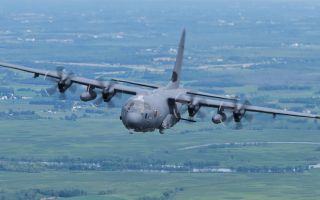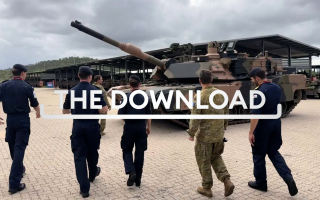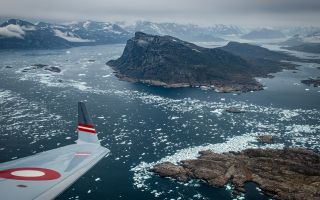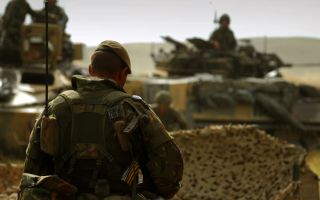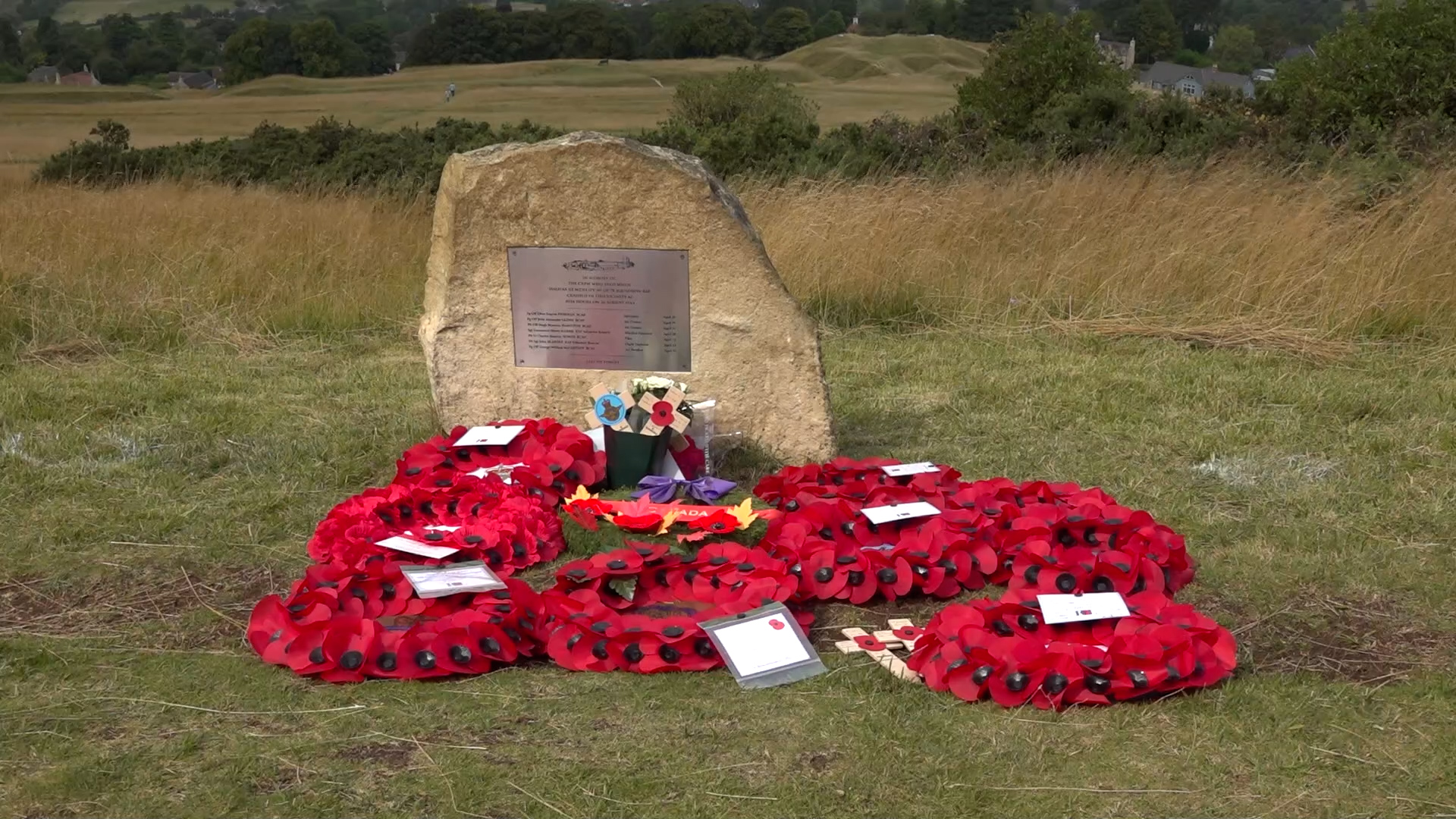
Dedication ceremony honours fallen WW2 bomber crew on 80th anniversary of crash

A memorial ceremony has been held to honour the crew of an RAF Halifax who died when the bomber crashed into a hill while returning from a mission during the Second World War.
The event brought together over 40 relatives of the seven British and Canadian airmen who lost their lives when the aircraft crashed into Cleeve Hill near Chetenham in Gloucestershire in the early hours of 26 August 1944.
The ceremony was organised by the Cheltenham branch of the Royal Air Forces Association (RAFA) in cooperation with the Cleeve Common Trust.
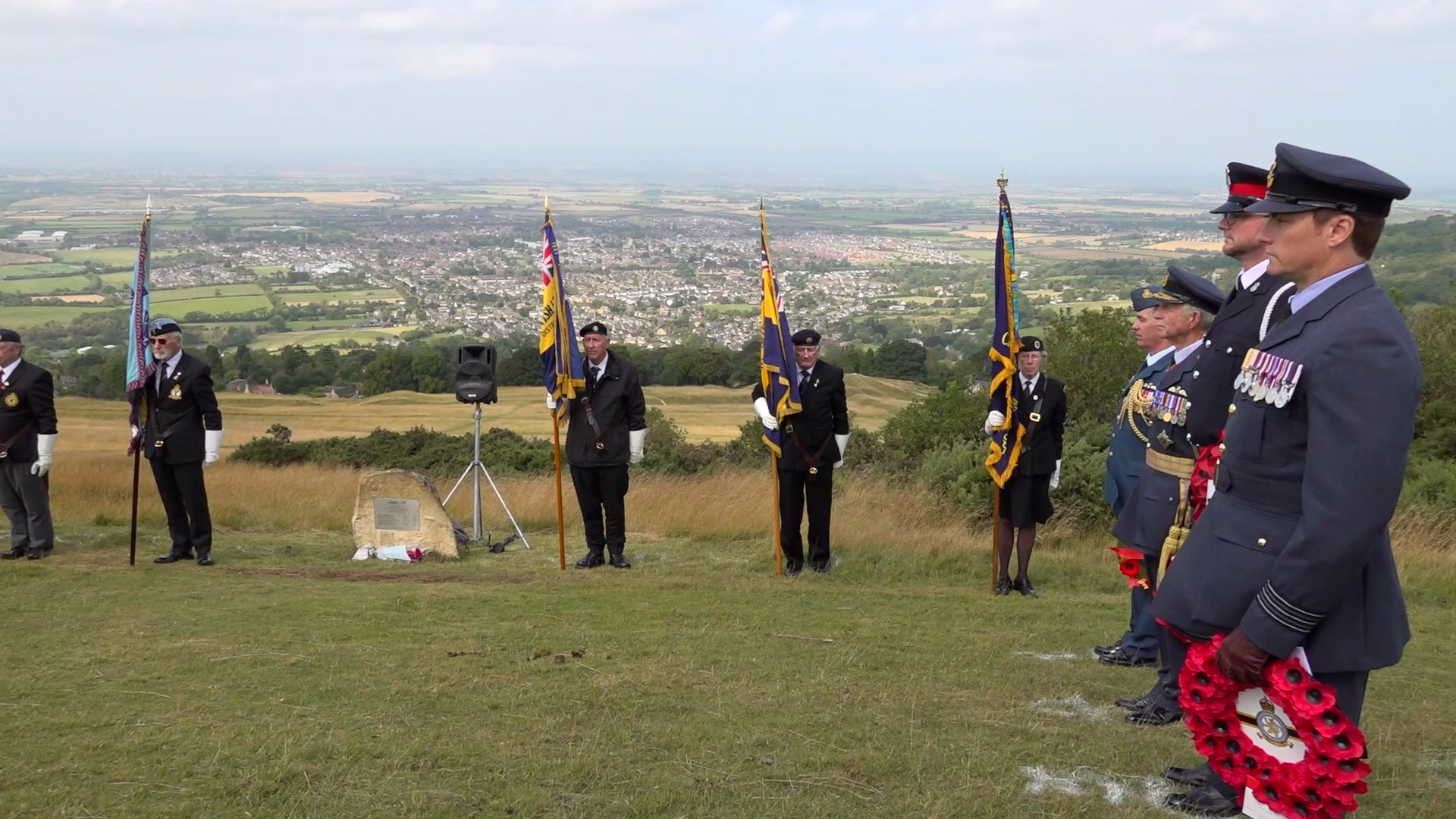
The service was conducted by The Venerable Air Vice-Marshal Ron Hesketh CB RAF Retd, former Chaplain-in-Chief to the Royal Air Force, who led the gathered crowd in honouring the bravery and sacrifice of the men aboard Halifax Mark III MZ311.
The bomber, which had just completed a mission to lay sea mines off La Rochelle in France, crashed on its return journey to RAF Breighton in Yorkshire.
The crew was mixed, with five serving in the Royal Canadian Air Force (RCAF) and two from the Royal Air Force.
Extended family members travelled from the United States, Canada, New Zealand and across the UK to pay their respects.
Among them was Maureen Sullivan, the daughter of Flight Lieutenant Charles Maurice Howes, who travelled from Arizona to honour her father.
Reflecting on the significance of the event, she said: "For the first time in my life, it created a sense of who and what I really am and the essence of who I came from, because I never felt that before."
Ms Sullivan's journey to connect with her father’s past had been a long and emotional one.
"I found my father's grave in the Royal Canadian Cemetery several years ago," she recounted, "but I never felt a real connection to him."
The event and the efforts of those involved helped bridge that gap, allowing her to finally feel a deep connection to her father and her English heritage.
"I finally feel like I found who and what I am, the essence of who Maureen is," she added.
Also among those attending were Paul Halliwell, the grandson of Flight Sergeant John McArdle (RAF), and his family from Lancashire, along with several relatives of other crew members, including those of Flying Officer John Alexander Glenn (RCAF) and Pilot Officer Hugh Brannan Hamilton (RCAF), who journeyed from Canada.
Colonel Jonathan Bouchard, representing the High Commission of Canada and the Royal Canadian Air Force, joined other dignitaries, including Air Marshal Sir Dusty Miller KBE, in laying wreaths in memory of the fallen.
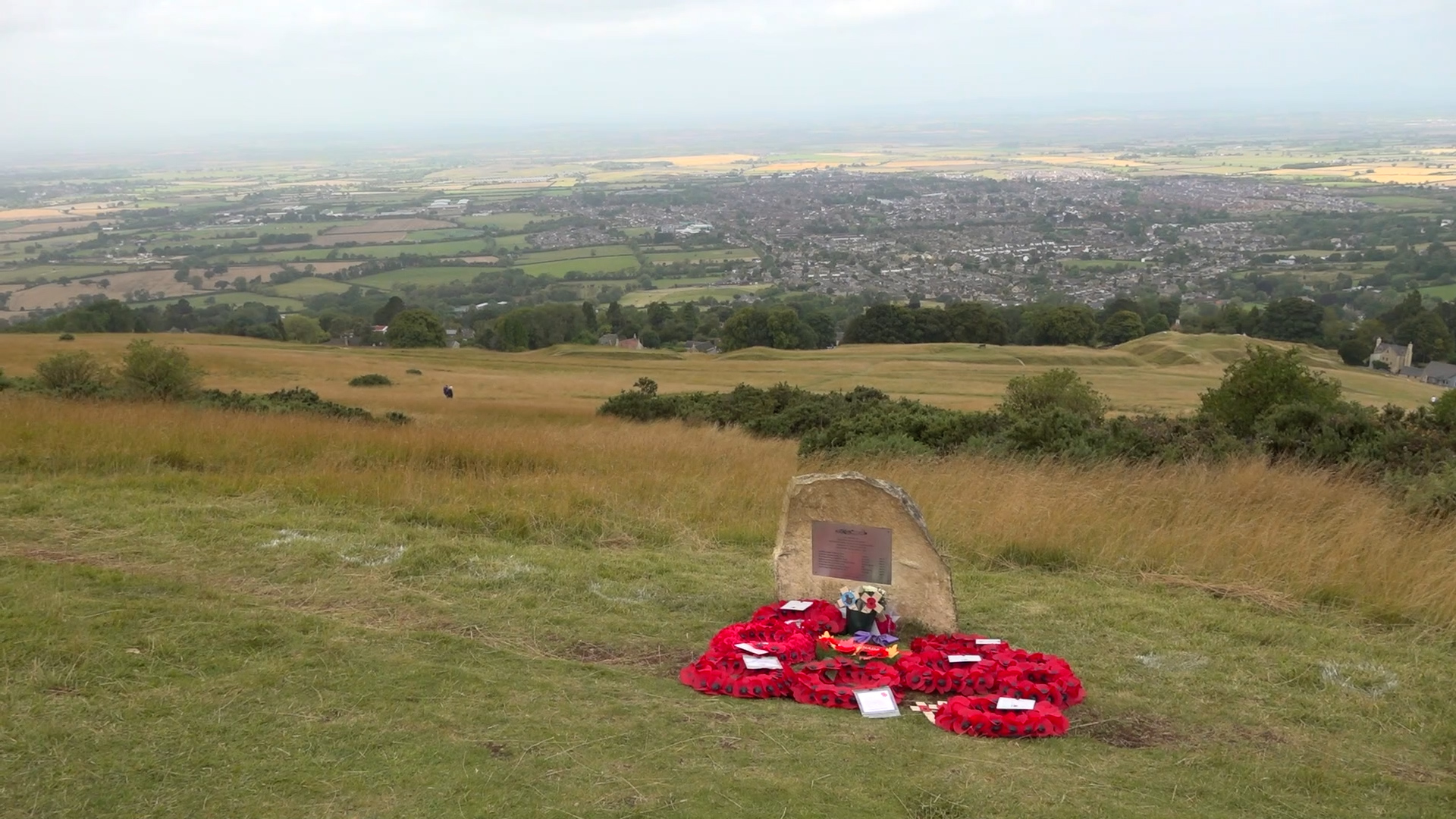
A simple stone marker with a plaque bearing the names of the crew had been put up on Cleeve Hill and unveiled in December 2022 by the Cleeve Common Trust and the Cheltenham Branch of RAFA.
The crew members of Halifax MZ311 were all in their early 20s, with the youngest just 19 years old.
According to the RAFA, at the time of the crash Cleeve Hill was covered in thick cloud, although there is no official report known which provides a reason for the bomber to have been flying at such a low altitude among high ground.
Several residents, who were children at the time, recalled the aftermath of the crash.
One boy climbed Cleeve Hill with a group of friends and wrote in his diary: "When we got by Malvern View’we saw a crashed Halifax and went to have a look at It. It was a very bad crash."
He even included a sketch of the aircraft in pieces in his diary.



